Active Fall Protection System
Active fall protection system. The difference between fall restraint and arrest lies in the workers working distance from a leading or unprotected edge. In OSHAs hierarchy of controls PPE is a last line of defense. Due to the nature of active fall protection there is a potential for injury during and after a fall in the form.
Active Fall Protection Systems. Active fall protection systems are dynamic and require special equipment and participation of employees. Falls from even as little as four feet can cause serious injury or death to workers.
An active fall restraint system stops a worker before they fall by preventing the fall via a tie off system which prevents a person from reaching a fall hazard. Passive fall protection such as guardrails or netting and active fall protection. Consequently the standard for fall protection deals with both the human and equipment-related issues in protecting workers from fall hazards.
Active fall protection system is dynamic. Engineering Controls Install an engineering control such as a Guardrail that meets the OHS requirements. This publication is intended to help workers and employers better understand the Fall Protection in Construction standards requirements and the reasons behind them.
By far the most common form of fall protection is active arrest systems. Requirements for Active Fall Protection Systems Z3596 is an engineer-focused standard that is to be used as a reference during the designing of fall protection systems. However the training and qualifications for using fall protection equipment differs depending on the complexity of.
This Standard was prepared by the Technical Committee on Fall Protection under the jurisdiction of the Strategic Steering Committee on Occupational Health and Safety and has been formally approved by the Technical Committee. When it comes to fall protection PPE are often used in combination with an active fall protection system. It requires the use of personal protective equipment specifically designed to prevent a fall from occurring or restricting a workers ability to place him or herself in a free fall.
Fall protection PPE includes full body harnesses lanyards and temporary anchorages. It is not a product standard per se but a set of standards that should be met as engineers solve fall protection problems.
By far the most common form of fall protection is active arrest systems.
It requires the use of personal protective equipment specifically designed to prevent a fall from occurring or restricting a workers ability to place him or herself in a free fall. Active Fall Protection Systems. OSHA defines two kinds of fall protection. In the hierarchy of Fall Protection Systems the best practices are generally accepted as follows. Fall protection PPE includes full body harnesses lanyards and temporary anchorages. This type of equipment helps protect employees from safety hazards in a workplace. Falls from even as little as four feet can cause serious injury or death to workers. It requires the use of personal protective equipment specifically designed to prevent a fall from occurring or restricting a workers ability to place him or herself in a free fall. Active fall protection falls into two categories.
What Subpart M Fall Protection. Active fall protection requires special equipment participation and training on the part of the user ie if the worker needs a harness it is an active system. An active fall protection system includes the following movable components. Fall protection procedures should include training requirements and the qualifications of authorized persons permitted to use each system. The introduction of ANSI Z35918-2017 Safety Requirements for Anchorage Connectors for Active Fall Protection Systems marked a watershed moment for fall protection equipment manufacturers. The difference between fall restraint and arrest lies in the workers working distance from a leading or unprotected edge. When it comes to fall protection PPE are often used in combination with an active fall protection system.
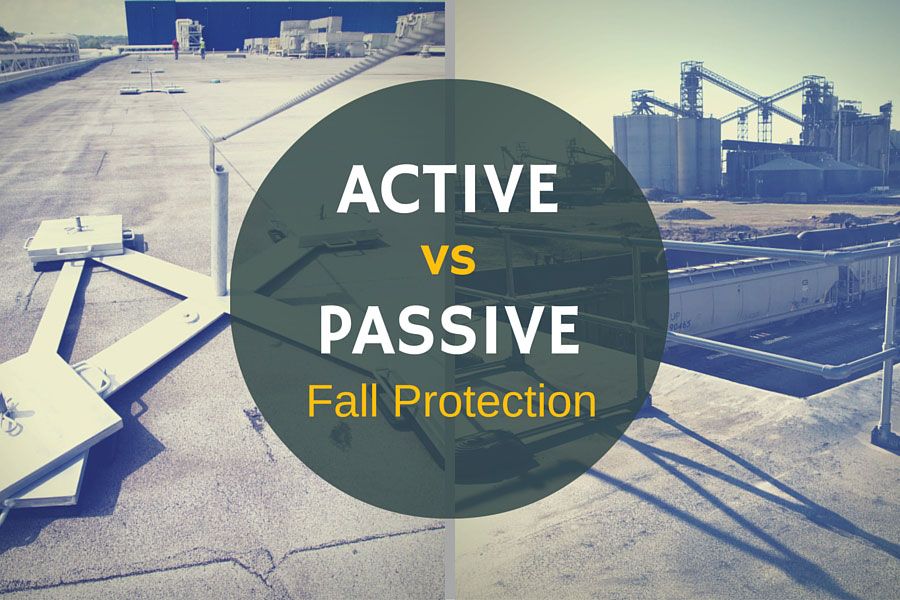
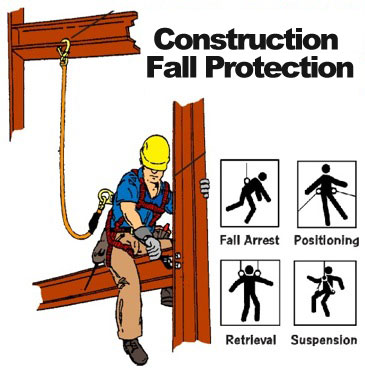

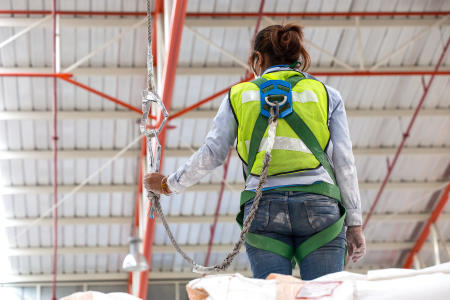
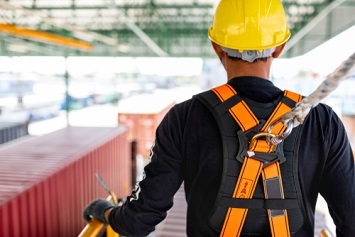

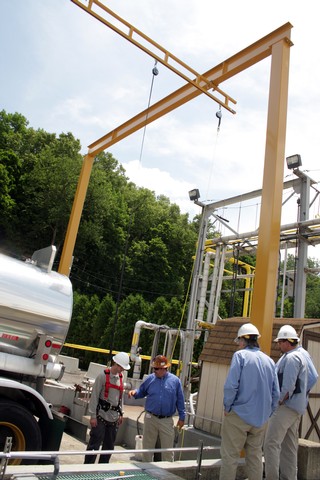




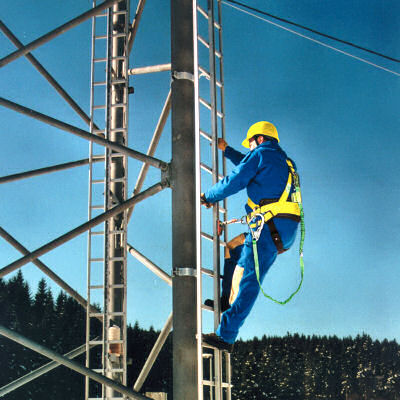




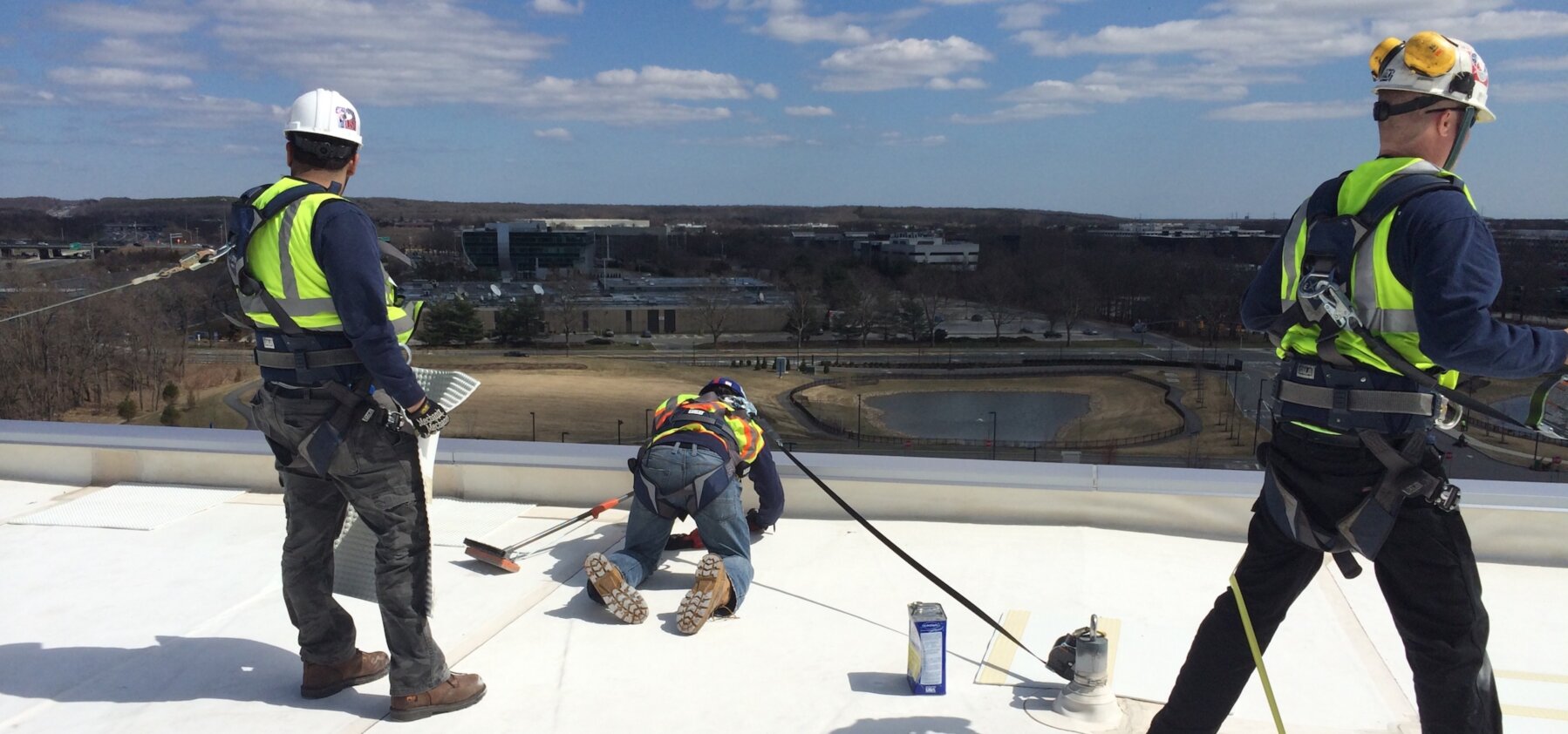


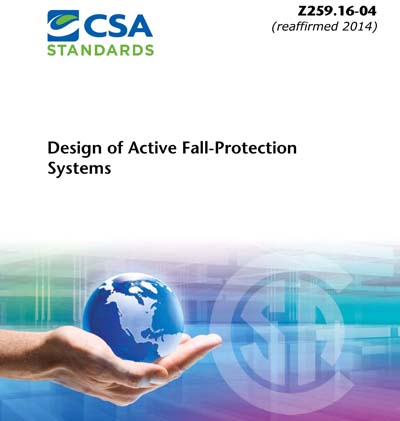
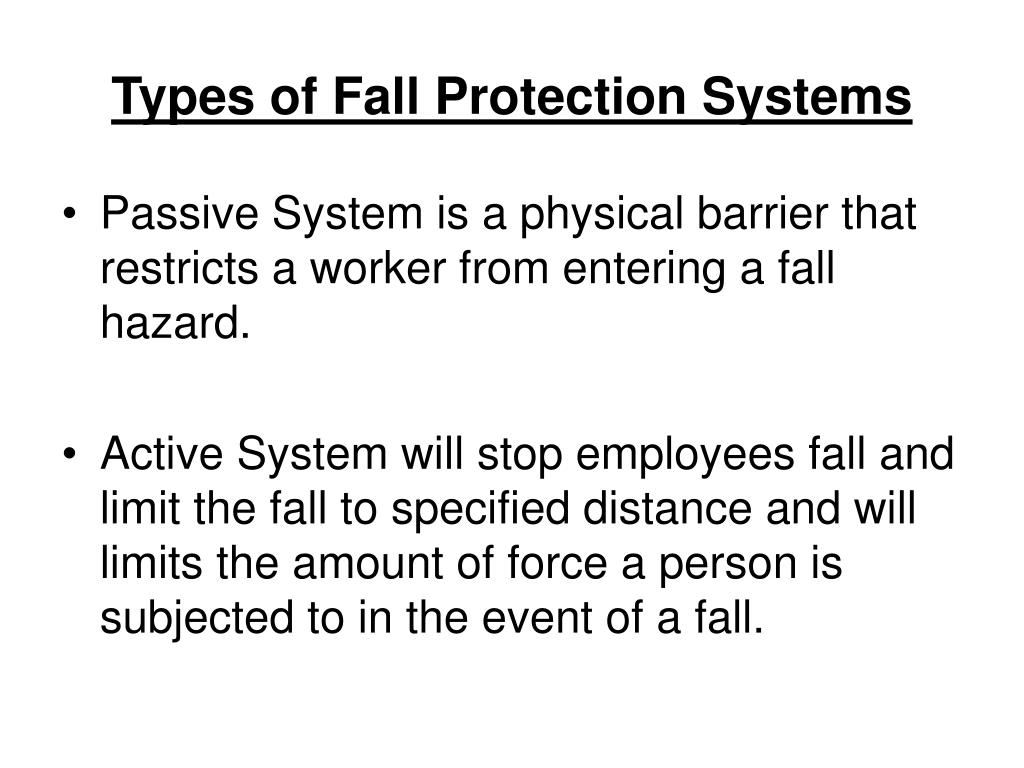
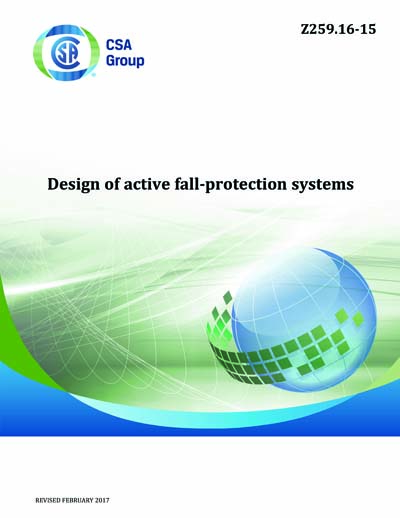
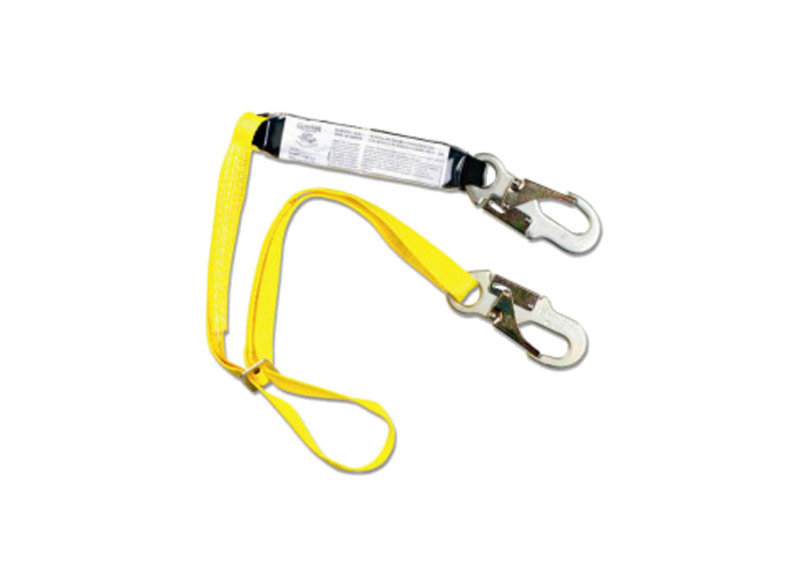
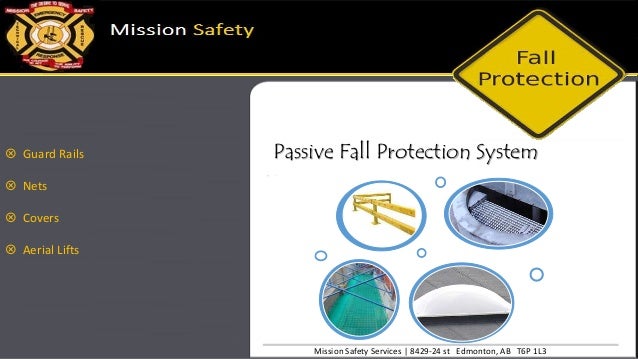


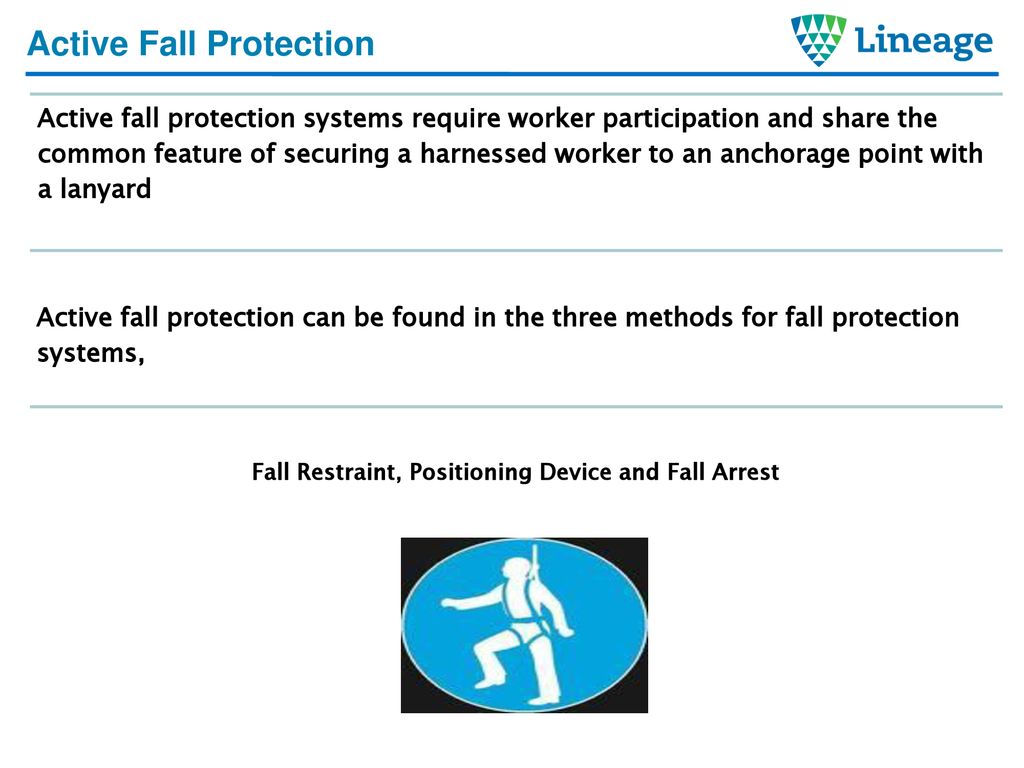
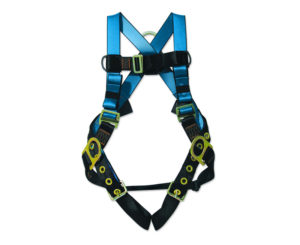


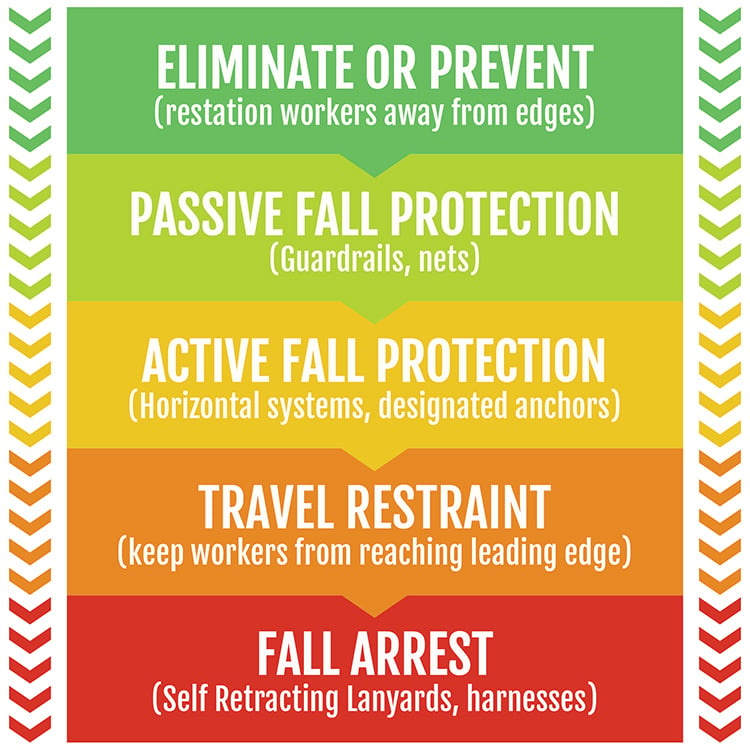
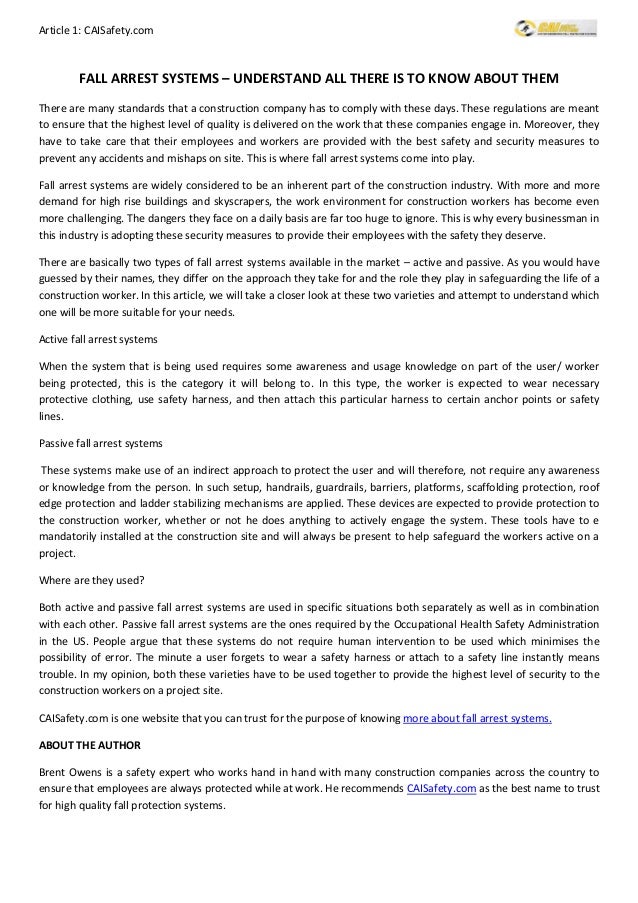

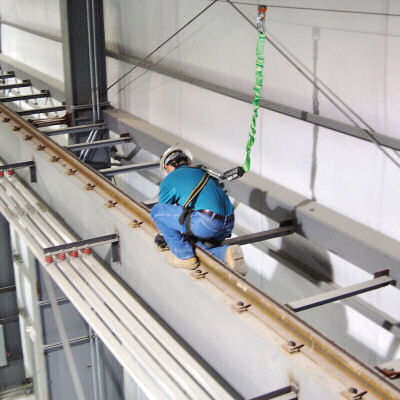
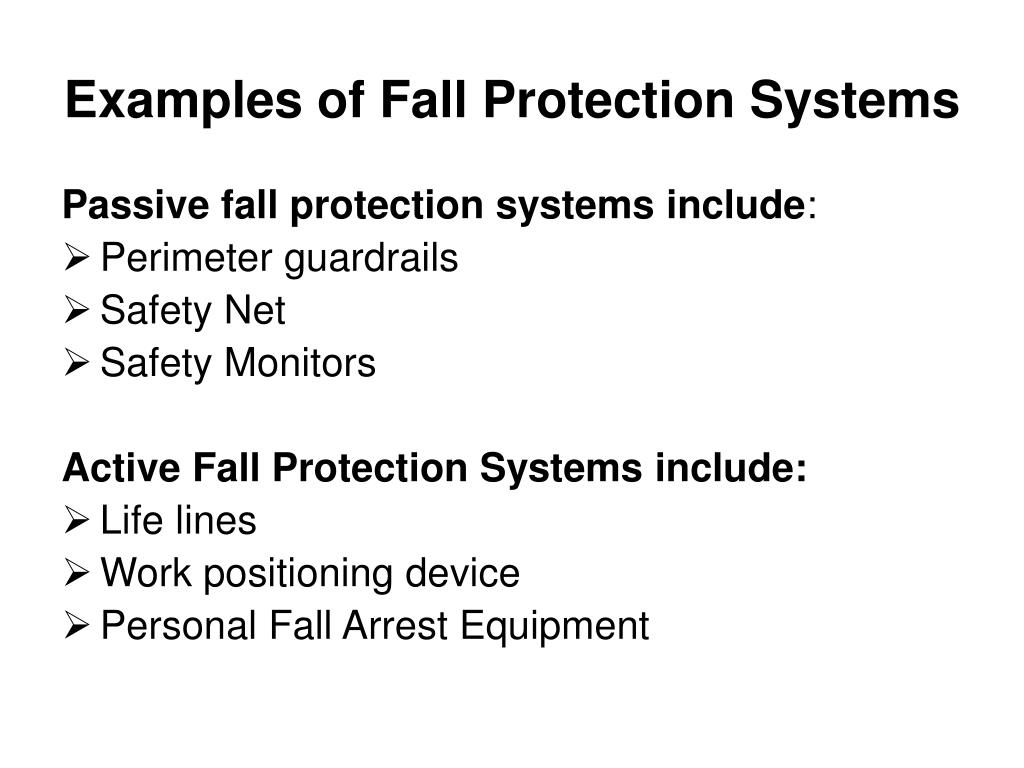
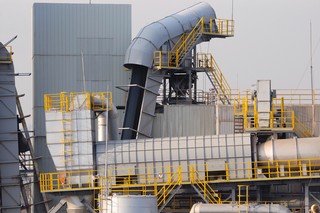

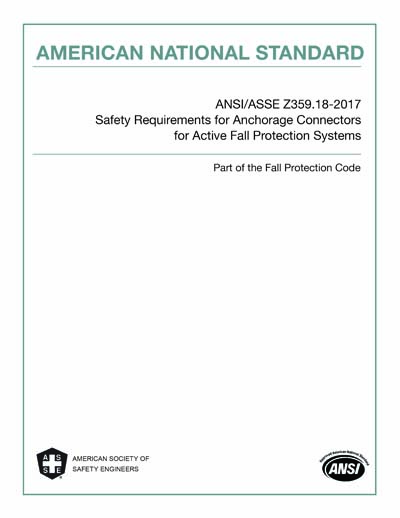



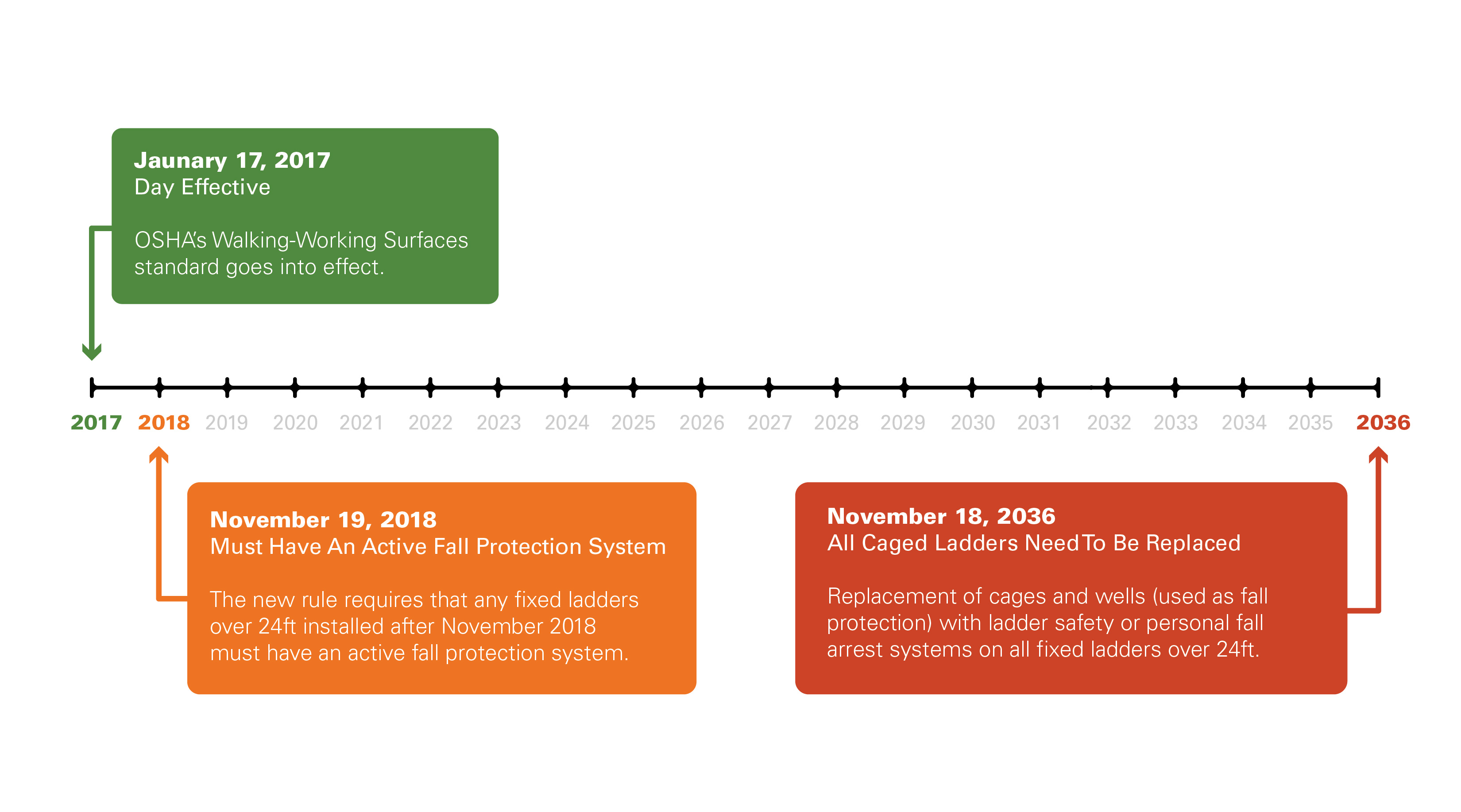


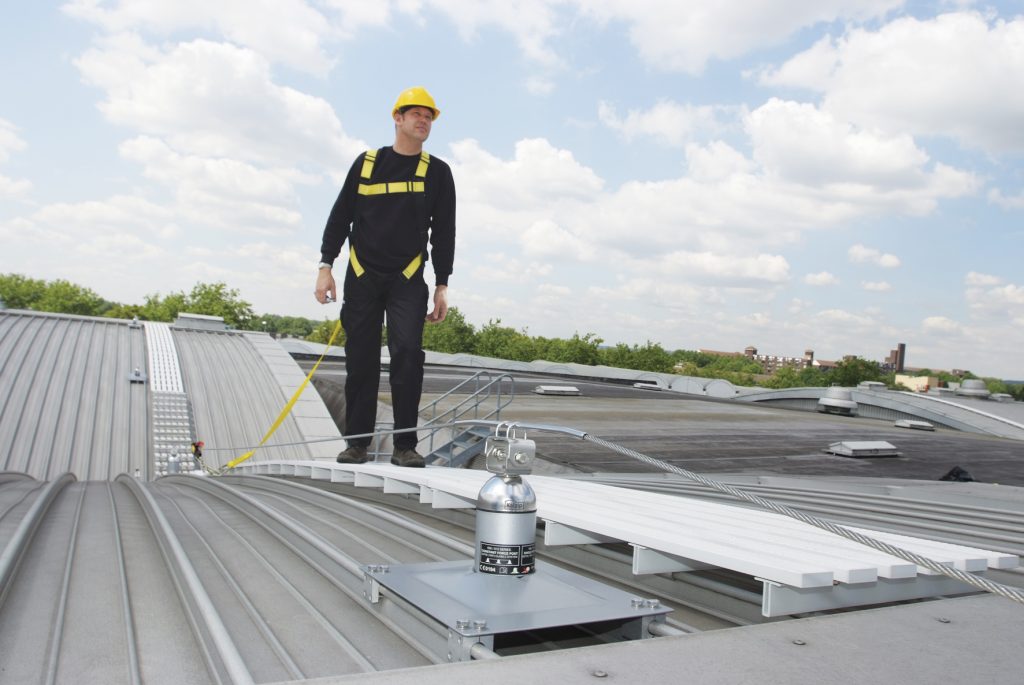

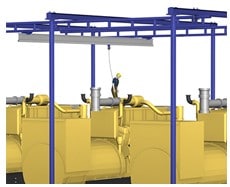
Post a Comment for "Active Fall Protection System"